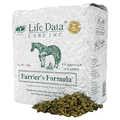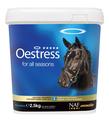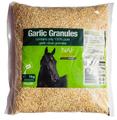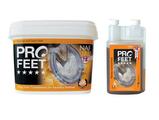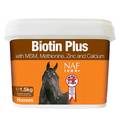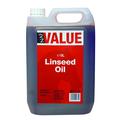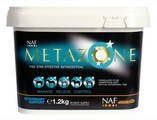Adapting to the changing seasons is something horses are very good at, but the coming of autumn and winter isn’t without its problems, and these will necessitate forward thinking and careful management.
Routines will change and you may need to re-think feeding to ensure your horse is still getting everything it needs. New risks will become apparent as the weather changes and daylight hours reduce, and general maintenance around the yard will need doing ahead of winter.
To help you prepare, we’ve put together our ‘top tips’ for autumn horse care, which are:
- Change routines gradually. If your horse is having reduced turnout and more stable time, introduce the change slowly to avoid causing stress.
- Check for adequate shelter. Are there enough trees in the field or places your horse can seek cover when the weather turns nasty? If not, consider how you are rugging them.
- For stabled horses, think about enrichment to reduce boredom. Toys and licks like the Likit Boredom Breaker and Tongue Twister can help keep your horse occupied during its confinement.
- Ensure your paddocks are in good condition and there are no gaps in fences etc. At this time of year when fireworks are a common occurrence, it is essential that your horse can’t escape or injure itself if the fireworks cause them to panic. Reinforcing fences is also important as we come into winter as strong winds and rain can weaken them.
- Protect pipes and taps against winter frost. You can do this by wrapping them in foam or another material or specialist cover.
- Think about adding a vitamin supplement to the diet. The grass loses its nutritional value in late autumn, so vitamin and mineral deficiencies can occur.
- Avoid colic by not turning your horse out on frosty grass. Likewise, laminitis can also be a problem in autumn as cool nights and warm days can lead to an increased accumulation of sugars in grass.
- Manage the mud to prevent mud fever. It can be helpful to add hardcore to gateways and other areas where your horses spend a lot of their time standing. Mud Fever preventatives are available if your horse tends to suffer at this time of year and it is always best to start them early, before an infection takes hold.
- Worm your horse. Between Sept and Oct the focus should be on managing tapeworm. Ideally you should wait for the first frost before treating for encysted small redworm and it is essential that you treat for this between Nov and Feb to avoid a mass emergence come spring.
- Wear high vis when out riding (both you and your horse) as visibility will be greatly reduced.
- Watch out for acorns and sycamore seeds that may have fallen from trees. If you can, fence these areas off so your horse can’t access them.
As always, if there are any other points you can think of, feel free to comment below or email me directly: [email protected] and I'll get them added.
Written by: Hannah



